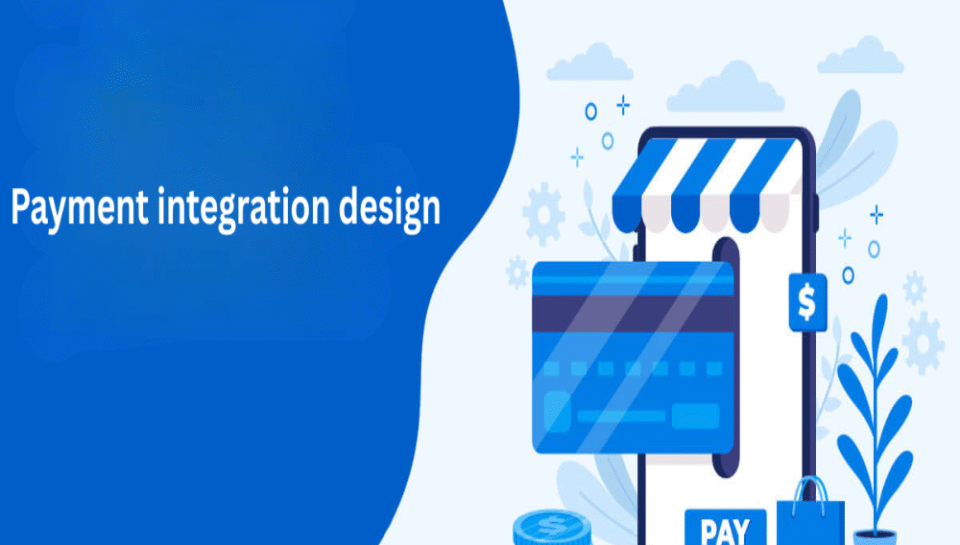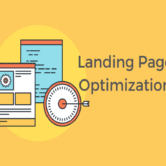
Detail the user experience considerations in payment integration design
INTRODUCTION
In the competitive world of digital commerce, user experience (UX) plays a pivotal role in determining whether a visitor becomes a customer. Nowhere is this more evident than in the checkout process. A smooth, intuitive, and trustworthy payment experience can dramatically improve conversion rates, while a clunky or confusing one can lead to cart abandonment. UX design for payment integration goes beyond aesthetics—it’s about creating a secure, efficient, and user-centric pathway to transaction completion. Below are the key considerations that shape an optimal user experience in payment integration design.
SIMPLICITY AND CLARITY IN PAYMENT FLOW
Keep the payment journey straightforward. A single-page checkout or clearly defined multi-step process with visual indicators (like progress bars) helps users know where they are and what’s next. Avoid unnecessary form fields and only ask for essential information to reduce friction and user fatigue.
RESPONSIVE AND MOBILE-FRIENDLY DESIGN
With a growing number of users shopping from smartphones and tablets, your payment interface must be fully responsive. Buttons should be easily tappable, text should scale well, and forms should be thumb-friendly. Mobile-specific features like autofill and digital wallets (Apple Pay, Google Pay) should also be integrated for convenience.
TRUST SIGNALS AND SECURITY ASSURANCE
Displaying SSL certificates, security badges, payment gateway logos, and trust seals reassures users that their payment details are protected. Including clear privacy policies and secure payment icons near the payment button builds trust and encourages completion.
FAST LOADING AND PERFORMANCE OPTIMIZATION
Slow-loading pages can frustrate users and cause them to abandon their purchase. Optimize code, use lightweight scripts, and avoid redirect-heavy payment gateways that add lag. A seamless transition from shopping to payment to confirmation keeps users engaged.
AUTOFILL AND DATA MEMORY FUNCTIONALITY
Enhancing convenience through autofill options—either browser-based or integrated into the payment form—speeds up the process. Allowing returning users to save payment preferences securely (e.g., via tokens or encrypted storage) improves repeat transaction speed and satisfaction.
ACCESSIBLE AND INCLUSIVE DESIGN
Your payment integration should meet WCAG (Web Content Accessibility Guidelines) to support users with disabilities. Use accessible form labels, screen-reader compatibility, sufficient contrast, and keyboard navigability. Inclusive design not only broadens your audience but reflects ethical responsibility.
ERROR HANDLING AND VALIDATION FEEDBACK
Guide users when things go wrong. Display real-time validation messages for missing or incorrect inputs (e.g., invalid card number, expired date) and highlight errors clearly without reloading the page. Use helpful language that explains how to fix the issue.
MULTIPLE PAYMENT OPTIONS AND FLEXIBILITY
Offer diverse payment choices such as credit/debit cards, UPI, PayPal, Buy Now Pay Later (BNPL), and local methods based on geography. Giving users control over how they pay enhances comfort and reduces abandonment due to unavailability of preferred options.
VISIBLE COST BREAKDOWN AND TRANSPARENCY
Users must see a clear summary of what they’re paying for—item cost, shipping, taxes, and discounts—before they click “Pay Now.” Hidden fees or last-minute surprises erode trust and can lead to cancelled transactions.
CONFIRMATION AND POST-PAYMENT FEEDBACK
After a successful transaction, show a confirmation screen with order details and send an immediate confirmation email or SMS. This reassures users that their payment went through and offers a digital receipt for reference.
CONCLUSION
User experience in payment integration isn’t just about visual design—it’s a holistic approach that combines convenience, clarity, trust, and accessibility. Every touchpoint, from form layout to error messages, affects how users perceive and interact with your business. Prioritizing UX in your payment integration design not only improves conversions but also nurtures long-term customer loyalty and satisfaction.
HASHTAGS
#UXDesign #PaymentIntegration #CheckoutExperience #UserExperience #EcommerceDesign #DigitalPayments #ResponsiveDesign #MobileCheckout #WebAccessibility #FormDesign #OnlinePayments #TrustSignals #ConversionOptimization #SecurePayments #PaymentGatewayUX #DigitalWallets #PaymentFlowDesign #UserCenteredDesign #UXMatters #WebDesignTips #ErrorHandling #PaymentConfirmation #InclusiveDesign #FastCheckout #OnlineTransactionUX





